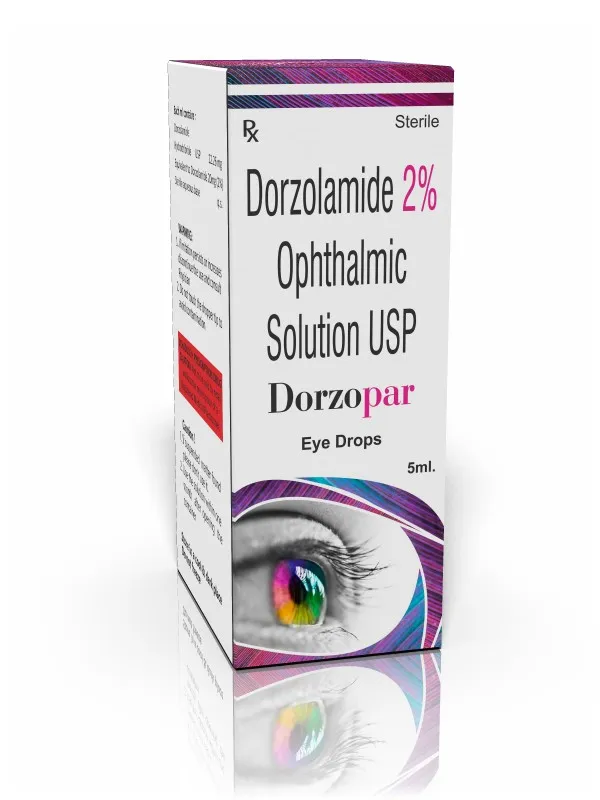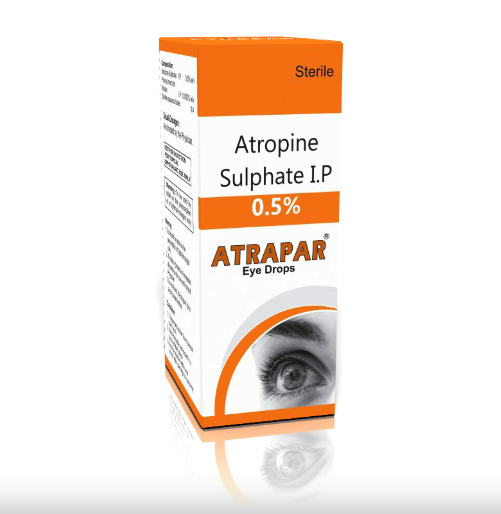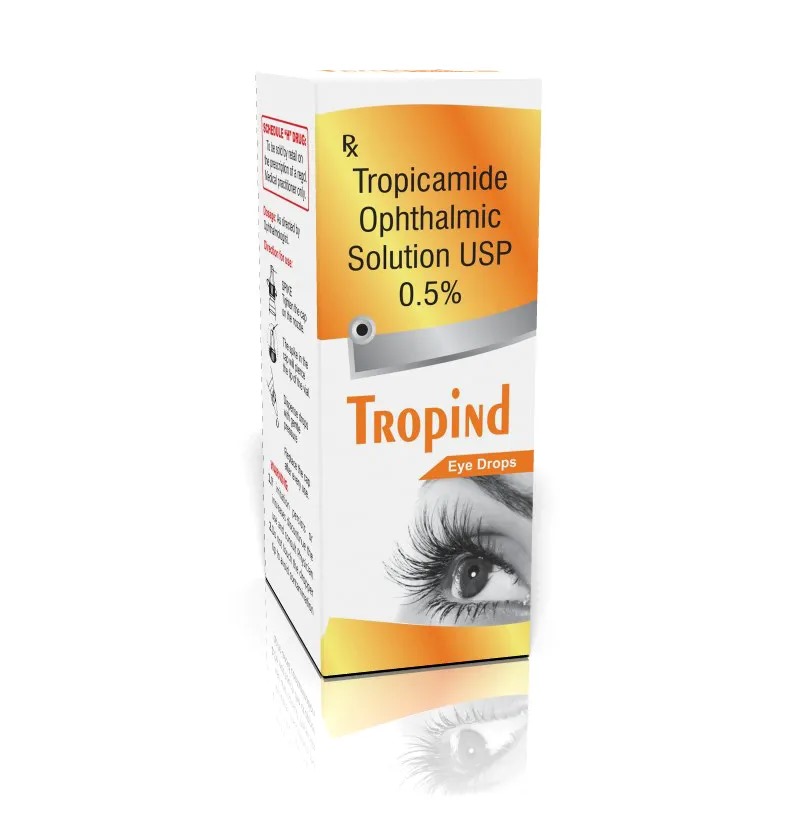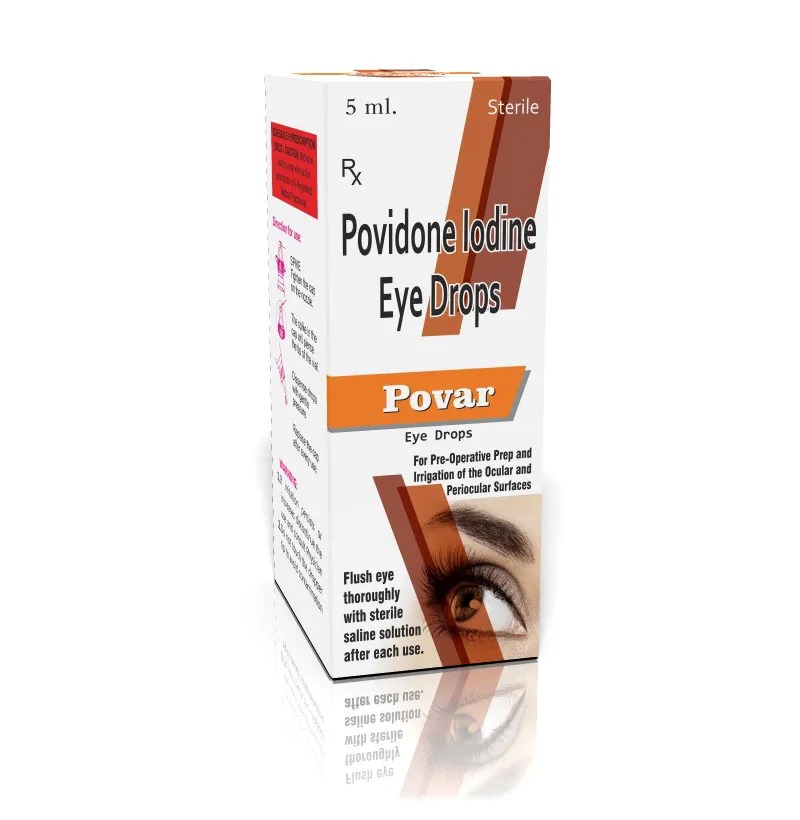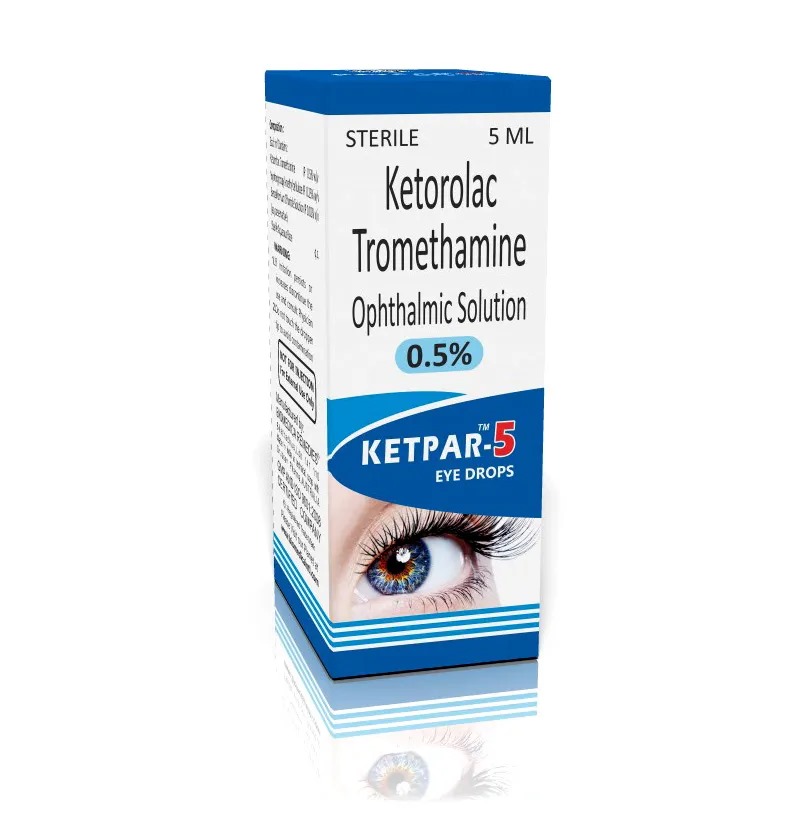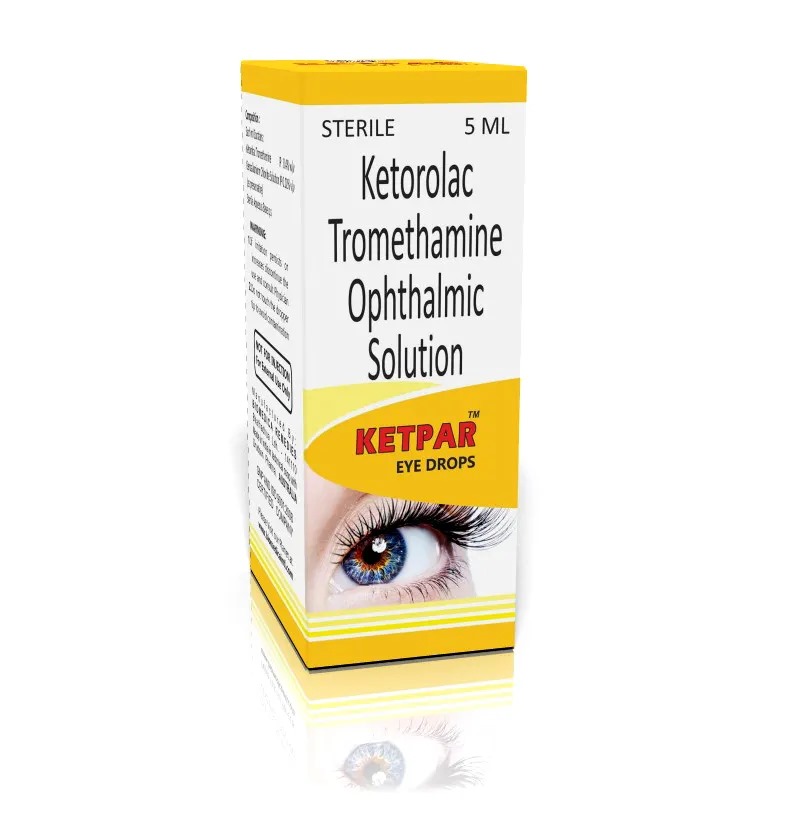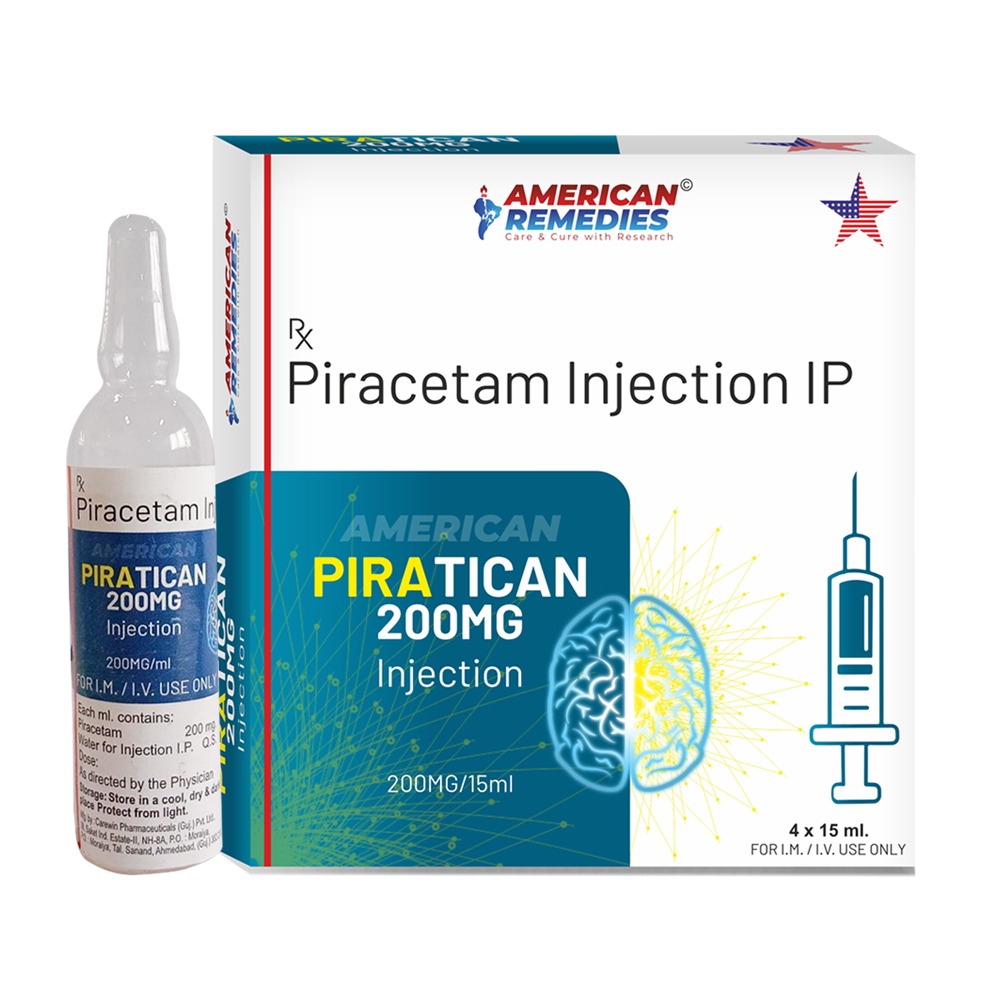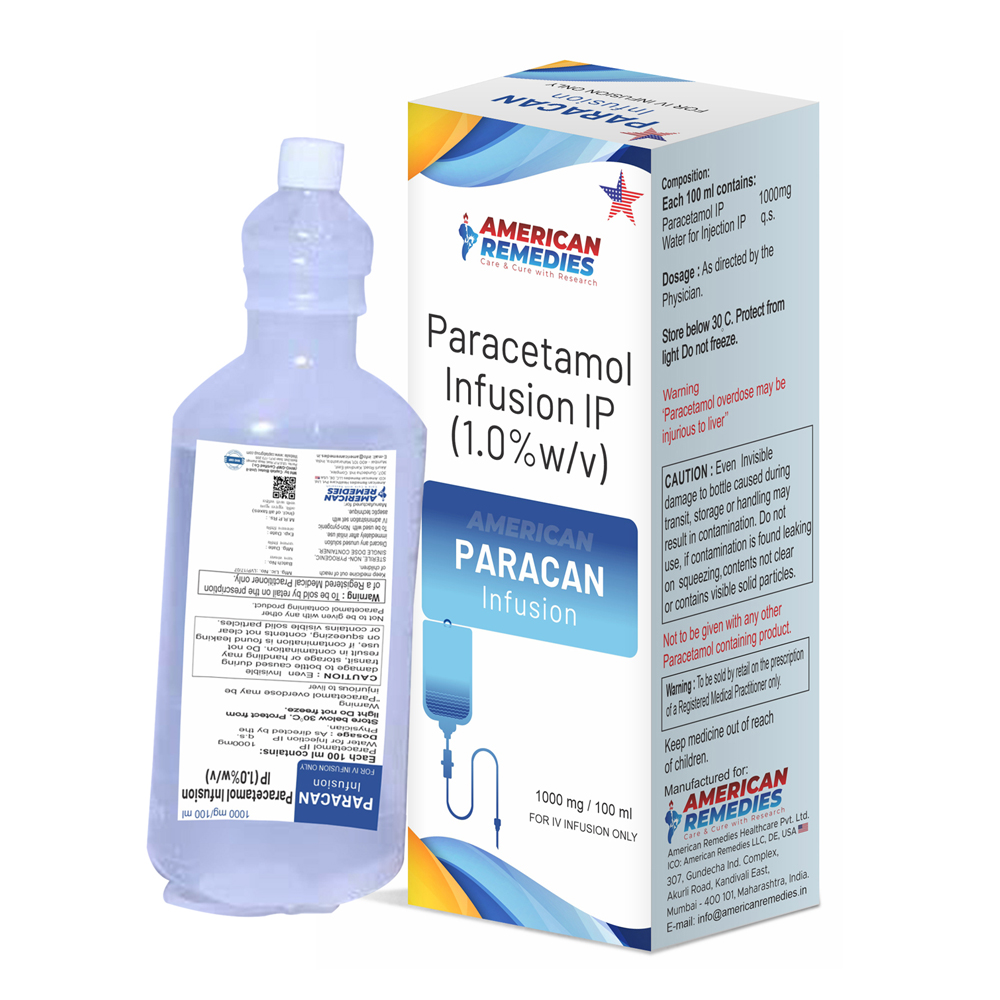Dorzopar Eye Drops containing Dorzolamide 2% are primarily used to lower intraocular pressure (IOP) in individuals with glaucoma or ocular hypertension (high eye pressure). Here's a detailed breakdown of its uses: 🔹 Primary Uses Open-Angle Glaucoma Dorzolamide is a carbonic anhydrase inhibitor that helps reduce the production of aqueous humor (the fluid inside the eye). By decreasing the amount of fluid produced, it lowers the intraocular pressure (IOP), which is important in treating open-angle glaucoma. Glaucoma is a condition where high eye pressure can damage the optic nerve and lead to vision loss. Ocular Hypertension Dorzopar is also used for the treatment of ocular hypertension, a condition in which the eye pressure is elevated but glaucoma has not yet developed. Lowering eye pressure helps prevent the progression to glaucoma. 🔹 How It Works Dorzolamide works by inhibiting the carbonic anhydrase enzyme in the eye. This enzyme is involved in the production of aqueous humor. By blocking this enzyme, Dorzolamide reduces the amount of fluid produced inside the eye, which in turn lowers the eye pressure. ⚠️ Common Side Effects Eye irritation, burning, or stinging upon application Blurred vision (temporary) Redness in the eyes or foreign body sensation Dry eyes or increased tear production Headaches or dizziness (in some cases) Taste disturbance (a bitter taste in the mouth) 🔹 Usage Tips Dosage: Typically, 1 drop in each affected eye, twice daily (morning and evening), or as prescribed by your healthcare provider. Application Instructions: Wash your hands thoroughly before applying the drops. Tilt your head back slightly and pull down your lower eyelid to form a small pocket. Place one drop in the pocket without touching the dropper tip to your eye. Gently close your eye and blink a few times to help spread the medication. If using other eye medications, wait 5–10 minutes between applications. Contact Lenses: Remove contact lenses before applying the drops and wait at least 15 minutes before reinserting them. 🔹 Precautions Kidney or Liver Problems: Since Dorzolamide is metabolized in the body, it should be used with caution in individuals with kidney or liver issues. Pregnancy and Breastfeeding: Consult your doctor before using this medication if you are pregnant or breastfeeding, as the safety of Dorzolamide during pregnancy or while breastfeeding has not been fully established. Eye Infections: Be cautious if you have an eye infection, as Dorzolamide may not be suitable for some active infections. Systemic Effects: While Dorzolamide is generally applied locally to the eye, some systemic absorption may occur, leading to side effects like metabolic acidosis (rare). It should be used cautiously in patients with a history of diabetes, kidney disease, or respiratory problems.
Send Message